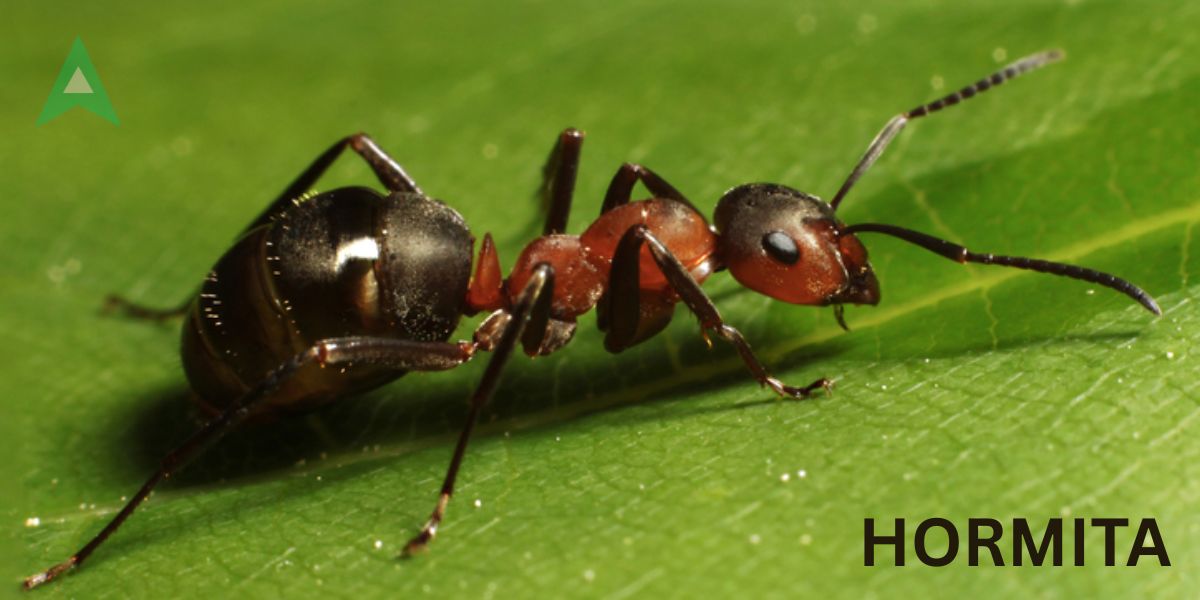The word hormita has gained attention in recent years, not only as a term found in cultural references but also in discussions that link it to health, wellness, and even lifestyle practices. While at first glance it may sound unfamiliar, hormita is rooted in a much broader context. It relates to concepts of adaptation, resilience, and balance in natural and human systems. Many researchers, wellness enthusiasts, and educators have started using the term in conversations surrounding both biological processes and cultural practices. To understand hormita fully, we need to explore its meaning, background, applications, and significance in different domains
The Origin and Meaning of Hormita
The meaning of hormita can be traced to several interpretations depending on its use. In some languages and communities, hormita refers to small quantities or gradual measures, suggesting something that builds up over time or works in subtle ways. In biological and scientific contexts, it resembles the idea of hormesis, a principle in which exposure to small amounts of stress or toxins can stimulate beneficial adaptive responses. For example, low levels of exercise-induced stress make the body stronger, while too much strain causes harm. In this way, hormita becomes a metaphor for balance and moderation, demonstrating that sometimes less is more when it comes to growth and resilience. Its linguistic and cultural roots often emphasize patience, endurance, and the importance of progressive change rather than sudden or extreme measures
Hormita in Health and Wellness
In the field of health, hormita is often linked with practices that encourage the body to adapt positively to mild stressors. A good example is intermittent fasting, where the temporary stress of fasting stimulates cellular repair processes. Similarly, exercise places stress on muscles, but in small doses it triggers growth and improved strength. Hormita can be understood as a principle that underlies these practices. It suggests that gradual and measured exposure to challenges enhances the body’s resilience. This concept is important in preventive healthcare as well. By embracing hormita, individuals can integrate habits that are sustainable and beneficial without overwhelming themselves. For instance, instead of starting with intense workouts, one could begin with light activities and build endurance steadily. This mirrors the hormita principle of incremental growth and adaptation
Hormita in Everyday Life
Beyond health, hormita can also be applied to lifestyle and personal development. The idea of taking small, consistent steps resonates in areas such as education, work, and personal goals. A student learning a difficult subject benefits more from steady daily practice than from cramming before exams. An employee aiming for career growth makes progress by regularly improving skills instead of attempting sudden leaps. Even in relationships, hormita reminds us that small acts of kindness and consistent communication build stronger connections than rare but grand gestures. When applied to time management, financial planning, or even hobbies, hormita becomes a practical guide to achieving long-term stability without burnout. In essence, hormita is a lifestyle philosophy rooted in gradual progress, balance, and mindful persistence
The Science Behind Hormita
From a scientific perspective, hormita echoes the principles of stress adaptation and resilience. Studies in biology show that mild exposure to stressors such as heat, cold, or toxins can trigger protective mechanisms at the cellular level. For example, small amounts of oxidative stress activate antioxidant defenses, which protect cells against larger threats. This concept has been studied extensively in toxicology and pharmacology, where researchers observe that low doses of certain compounds can stimulate beneficial effects, while high doses are toxic. This is sometimes referred to as the hormetic effect, which closely aligns with the idea of hormita. The scientific grounding of hormita helps explain why practices like exercise, fasting, or even exposure to natural stressors such as sunlight or cold showers can contribute positively to overall health. They leverage the body’s natural ability to adapt and strengthen under controlled conditions
Cultural Interpretations of Hormita
In many cultures, the essence of hormita is reflected in traditions and proverbs that emphasize moderation and balance. For example, sayings like “slow and steady wins the race” or “everything in moderation” mirror the hormita philosophy. In certain communities, hormita is used as a guiding principle for sustainable living, encouraging people to respect natural cycles and avoid extremes. This approach is evident in agriculture, where small, careful adjustments lead to more sustainable harvests than aggressive or excessive practices. It also shows up in traditional medicine systems, where gradual healing processes are valued over instant fixes. The cultural lens enriches our understanding of hormita by showing how universal the principle of balance and gradual growth is across human societies
Benefits of Practicing Hormita
Embracing hormita can bring several benefits in different areas of life. In health, it promotes resilience, better immune responses, and reduced risk of burnout. In mental well-being, it encourages patience, mindfulness, and sustainable personal growth. In professional settings, hormita fosters long-term skill development and avoids the pitfalls of rushed or forced progress. The financial domain also benefits when individuals apply hormita principles to savings and investments, choosing consistent contributions over risky, impulsive moves. Relationships grow stronger when nourished by steady effort rather than dramatic but inconsistent gestures. Overall, the benefits of hormita lie in its universality. It is not tied to one field but can be adapted to almost any aspect of human experience, making it a versatile guide to living with balance and purpose
Challenges in Applying Hormita
Despite its advantages, applying hormita in daily life comes with challenges. Modern society often glorifies instant results, quick fixes, and extreme efforts. Social media amplifies this by showcasing fast transformations and dramatic achievements, which can make gradual progress seem unappealing. Many people struggle with patience and consistency, preferring shortcuts instead. Additionally, in health and wellness, there is a risk of misunderstanding hormita. Exposing oneself to stressors without moderation can be harmful rather than beneficial. For example, overexercising or fasting excessively can damage the body instead of strengthening it. Thus, the biggest challenge of hormita is striking the right balance. It requires mindfulness, discipline, and a willingness to value small, steady steps even when results are not immediately visible
Future of Hormita in Modern Context
As discussions about sustainability, wellness, and resilience grow, hormita is likely to become even more relevant. In an era of environmental challenges, economic uncertainties, and rising mental health concerns, the philosophy of hormita offers a practical framework for sustainable living. It teaches individuals and communities that gradual adaptation and balance are more effective than drastic measures. In technology and innovation, hormita may inspire approaches that prioritize steady, ethical progress rather than reckless pursuit of breakthroughs. In education and personal development, it can help people resist the pressures of speed and instead embrace learning as a lifelong journey. The future of hormita lies in its adaptability to modern challenges while preserving its core principle of balance through small, consistent steps
(FAQs)
1. What does hormita mean?
Hormita generally refers to gradual, small, or moderate measures that promote adaptation and resilience, often linked to health, lifestyle, and balance
2. Is hormita related to hormesis?
Yes, hormita shares similarities with the scientific concept of hormesis, which describes how low doses of stress can stimulate beneficial adaptive responses
3. How can hormita be applied in daily life?
It can be applied through small, consistent efforts in health, work, relationships, and finances instead of rushing or seeking quick results
4. Can practicing hormita improve health?
Yes, adopting hormita principles in wellness practices like moderate exercise, mindful fasting, and stress management can strengthen the body and mind
5. Why is hormita important today?
In a fast-paced world that values instant success, hormita provides a counterbalance by encouraging sustainable, steady, and resilient progress
For More Visit celeb today
Disclaimer:
The information provided in this article, “What Is Hormita? A Complete Guide to Its Significance”, is for general knowledge and educational purposes only. It should not be taken as medical, financial, or professional advice. While the concept of hormita may relate to health, wellness, and lifestyle practices, individual circumstances vary, and what works for one person may not work for another. Always consult with a qualified healthcare professional, advisor, or specialist before making decisions related to your health, fitness, or personal well-being. The author and publisher are not responsible for any outcomes resulting from the application of the information shared in this article.










